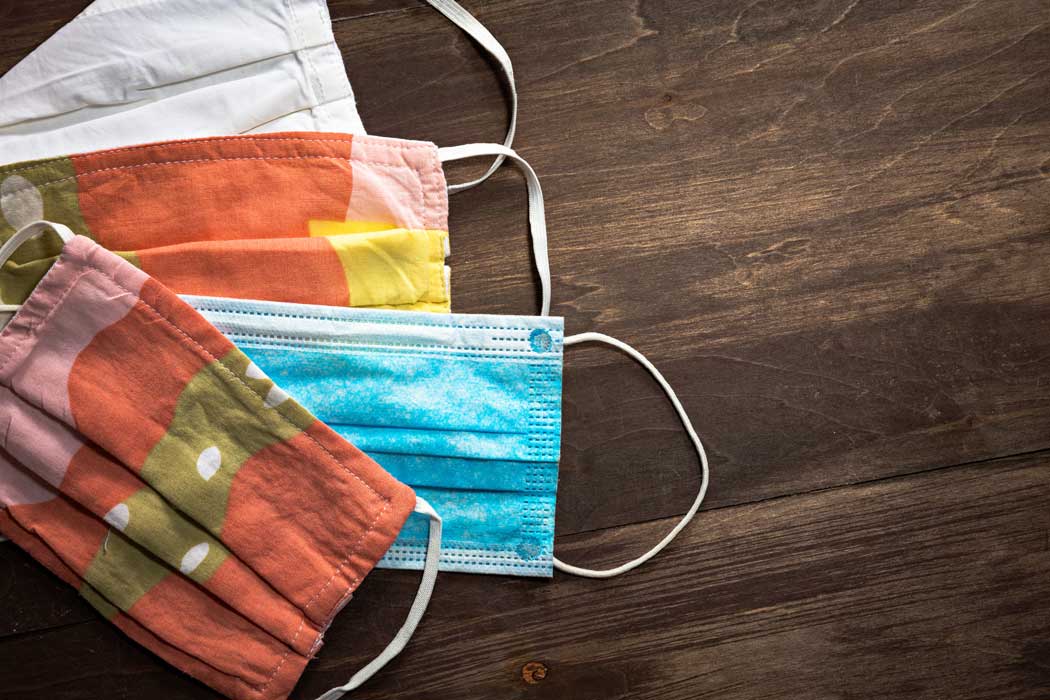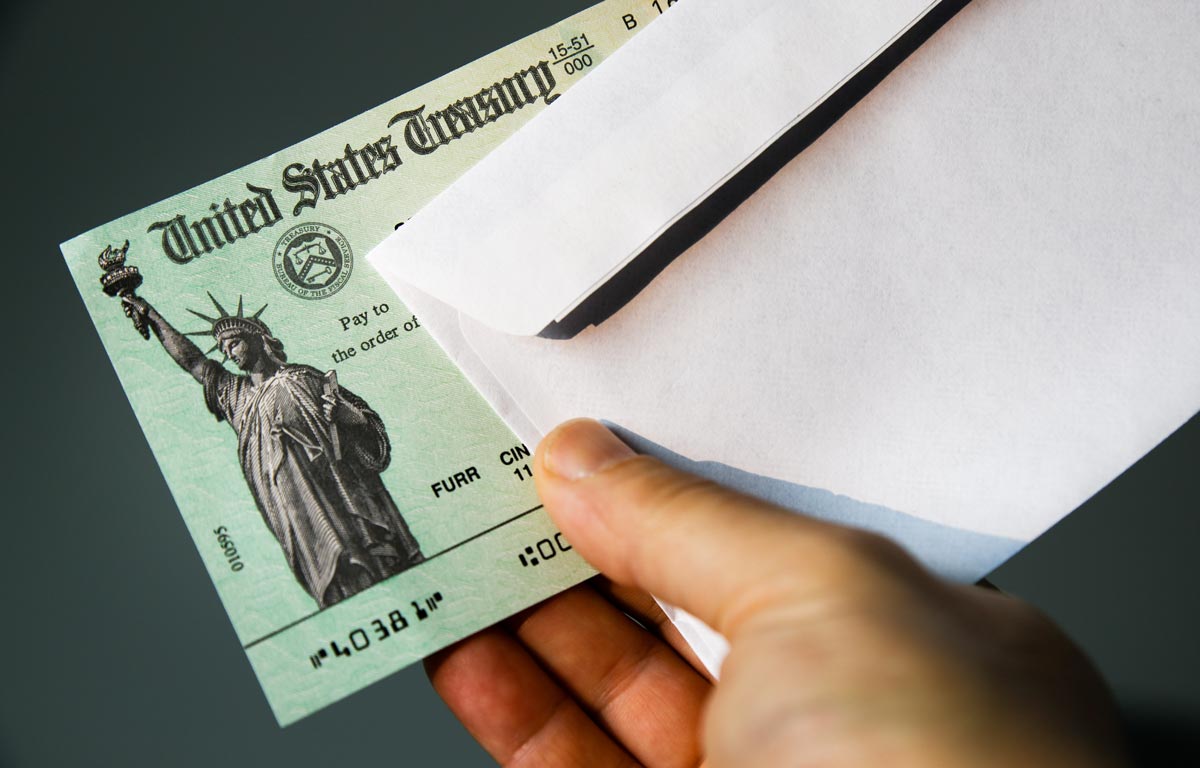Q: I’ve started wearing a face mask every time I go out, per CDC recommendations; however, I’m finding these coverings to be less than comfortable. Is there any way around the irritations and discomforts of wearing face coverings?
A: Face coverings have become an essential wardrobe component for people all over the country (and world) as we continue to adapt to life during the coronavirus pandemic. Fortunately, complying with the CDC’s advice doesn’t need to translate into ongoing discomfort.
Here’s how to comfortably wear your face coverings without compromising on safety.
The elastic ear loops on my face mask irritate my ears. Can this be helped?
Face masks may be a new wardrobe addition for many Americans, but lots of healthcare workers have been wearing them for years. Irritated ear loops are an old problem for these workers, so they’ve come up with all sorts of solutions, from specialty products to creative hacks, all designed to make wearing face masks more comfortable.
One such product is the “ear saver,” a double-sided clip that’s worn behind the head with four different hook levels. Loop the elastics on the hook that best fits your head to relieve the pressure on your ears. Ear savers are available on Etsy for just a few dollars.
You can also try sewing a pair of buttons onto a headband or sweatband to use in a similar fashion. Measure the placement of the buttons carefully, placing them at the right spot to hook the elastic loops of your face mask.
Another DIY option is to attach buttons to the sides of a baseball cap. Here, too, be careful to place the buttons in the exact spot for your ear loops.
I wear eyeglasses, and when I put on a face covering, my breath fogs up the lenses and makes it difficult to see. Is there any way around this?
Fogged-up lenses have been a common complaint among eyeglass wearers in recent weeks. Luckily, there are several solutions to this problem.
First, try to tighten your covering. Dr. Richard Martinello, professor of infectious diseases at Yale, says a tighter fit will prevent air from escaping your mask and fogging up your glasses.
You can also try adjusting where your mask sits on your face. Lowering the mask should lower your breath exhaust so it can’t fog up your glasses. Be sure to keep most of your nose and your entire mouth covered.
Some other solutions to the clouded-up glasses problem include using a commercial anti-fogging spray or using a thicker fabric for your homemade face covering so less air escapes your mask.
According to a report from the Annals of the Royal College of Surgeons of England, before wearing a face mask, people should wash their glasses with soapy water, shake off the excess and then allow the lenses to air-dry.
“Washing the spectacles with soapy water leaves behind a thin surfactant film that reduces this surface tension and causes the water molecules to spread out evenly into a transparent layer,” the article states.
The easiest solution to prevent the warm, moist air of your breath from hitting your glasses is to place a folded tissue between your mouth and the mask. Also, make sure the top of your mask is tight and the bottom looser, to help direct your exhaled breath away from your eyes.
If you’re using a mask with ties, make a tighter fit by criss crossing the ties so that the top ties come below your ears and the bottom ties go above.
How often do I need to wash my cloth face covering?
The CDC does not provide specific guidelines for how often face coverings should be washed, only advising that they be washed routinely depending on frequency of use. The organization also recommends that cloth masks should be made of machine-washable materials.
Do I need to wear a face covering every time I leave my house?
The CDC has recommended that all Americans wear face coverings when out in public. Some states, including Connecticut, Pennsylvania and New York, have turned this advice into law, with penalties issued to those who are non-compliant. Even in states where face coverings are law, they are not required to be worn every time people leave their home. In general, face coverings are recommended (or required) in public areas where social distancing is impossible to adhere to at all times, like a grocery store.
It’s best to use common sense in determining where exactly you need to wear a face covering. For example, if you live in a suburban area with lots of space between houses, you likely do not need to wear a mask when going for a jog around the block. On the flip side, if you live in an apartment building in a densely populated area, you may need to cover your face every time you leave your apartment.
What do I need to know about the proper way to wear a mask?
Wearing a face covering the wrong way can be worse than not wearing one at all. A covering can give you a false sense of security, and you will likely allow yourself to get closer to people when you are wearing one, whether by conscious decision or unconscious choice.
The primary purpose of wearing a face mask is to keep viral aerosols from entering and exiting your respiratory pathway through your nose and mouth. Consequently, it is crucial that your mask covers your nostrils and your entire mouth at all times. A tight fit that allows for breathing is equally important.
Another common mistake made by mask-wearers is the improper removal of the masks. The CDC advises people not to touch their eyes, nose and mouth when taking off a face covering. The organization also urges people to wash their hands immediately after removing a mask.



